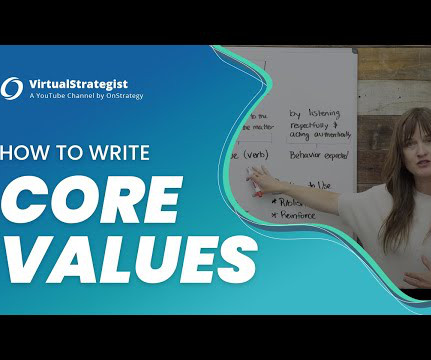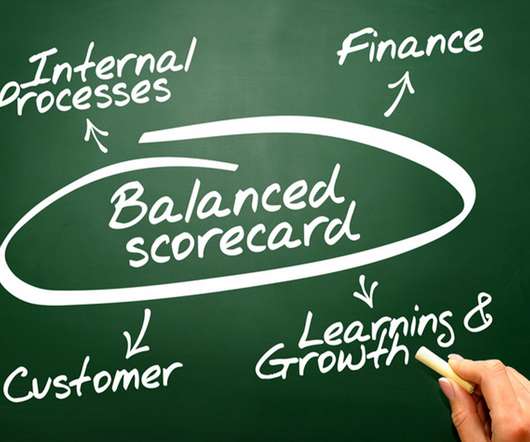Key issues in Marketing and Business Development Planning: Engage, Analyse, Expand, Innovate and Measure
Red Star Kim
JULY 11, 2022
The skill of developing strategic marketing plans is in greater demand today that at any time in the history of marketing. In today’s highly competitive environment, the major sources of shareholder value creation are the intangible marketing assets of the business, such as brands, customer relationships and channels of distribution.















Let's personalize your content